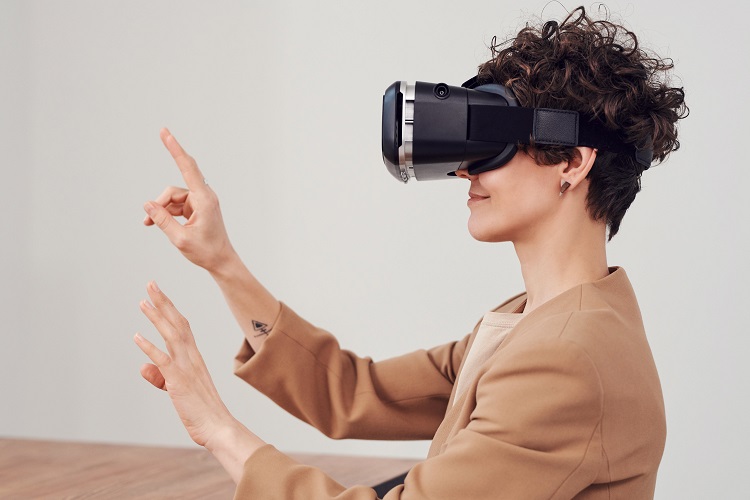Solution Overview
This solution is based on TOF (Time-of-Flight) 3D depth sensing technology,
enabling real-time perception and analysis of
human presence, body motion, and spatial structure.
The system operates reliably in low-light or completely dark environments
and is well suited for intelligent spaces, behavior analysis,
human–machine interaction, and embedded system deployment.
Core Capabilities
Human Pose & Behavior Recognition:
Using depth maps and point cloud data, the system identifies
behaviors such as standing, walking, bending, sitting for long periods,
and falling, supporting behavior classification and state assessment.
3D Spatial Structure Perception:
Real-time acquisition of indoor depth information enables
zone definition, space occupancy analysis, and environmental understanding.
Non-Contact Sensing:
No wearable devices or markers are required.
Human behavior is captured using TOF depth cameras only,
balancing system stability with privacy protection.
Embedded & Engineering Deployment:
Algorithms can run on embedded platforms or host systems,
and can be integrated as an independent module or
as part of the customer’s existing solution.
Typical Application Scenarios
- Human behavior analysis in intelligent indoor spaces
- Elderly care, assisted living, and safety monitoring systems
- Interactive installations and digital spatial perception
- Human sensing in exhibition halls, venues, and educational environments
Solution Highlights
- TOF-based depth sensing with strong environmental adaptability
- Reliable operation in complete darkness and complex lighting conditions
- No RGB image capture, making it privacy-friendly
- Supports engineering customization and algorithm co-development
Recommended Related Products
- System-level TOF solutions (behavior recognition / fall detection)
- CS30 TOF Depth Camera (algorithm validation & development)
- TOF + RGB integrated cameras (multi-modal perception)
